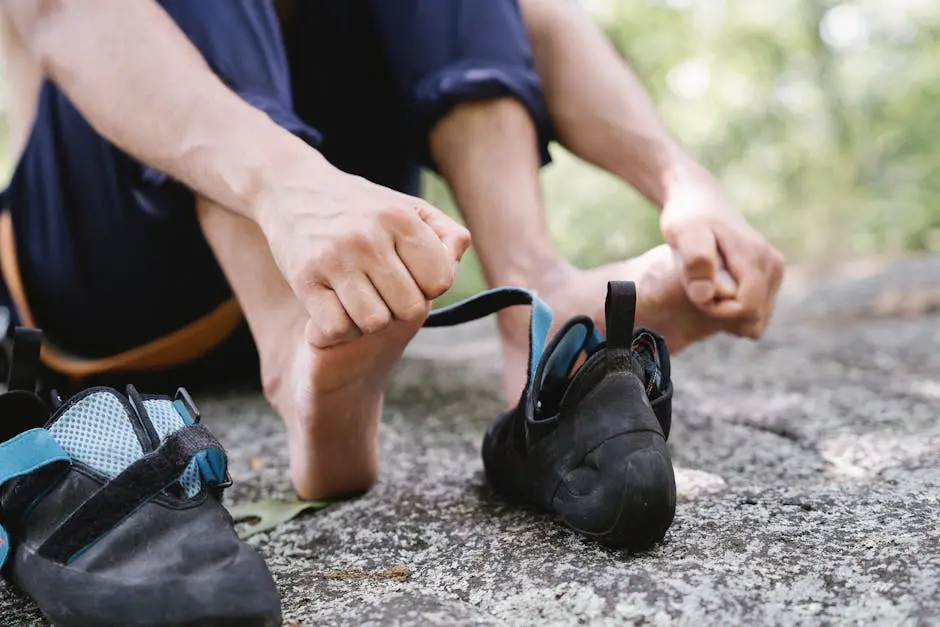What Gear Do I Need for Equinox Rock Climbing Experiences?
Rock climbing is an exhilarating sport that requires not only strength and skill but also the right gear to ensure safety and enjoyment. Whether you're a seasoned climber or a newbie gearing up for an equinox rock climbing adventure, having the appropriate equipment is crucial. In this FAQ, we'll break down the essentials you'll need for your next climbing excursion.
Why Is Proper Climbing Gear Important?
Climbing gear is not just about comfort; it's about safety. Having the right equipment can prevent accidents and ensure that you have the best possible experience while climbing. The first step to ensuring your safety is understanding what each piece of gear is for and how it contributes to your climbing efficiency and protection.
Proper climbing gear reduces the risk of injury. For instance, helmets protect from falling debris and head impacts, while harnesses prevent falls. This gear also provides peace of mind, allowing you to focus on technique and enjoying the journey, rather than worrying about potential hazards.
What Should Be in a Basic Climbing Kit?
A basic climbing kit typically includes a harness, climbing shoes, helmet, chalk bag, and a belay device. Each item serves a distinct purpose and is essential for any climb. Your harness should fit securely and comfortably, supporting your body without causing discomfort during prolonged climbs.
Climbing shoes are specifically designed to secure your feet on small footholds. Their snug fit and durable rubber soles give you the traction and flexibility needed for both vertical and horizontal surfaces. Choose shoes that provide the best balance of comfort and performance for your style of climbing.
Helmets are crucial for protecting against falling rocks or accidental bumps against the rock face. Always ensure your helmet is certified and properly fitted. Combine these essentials with your unique style of climbing, assess your personal needs, and you're ready for an exciting climbing adventure.
How to Choose the Right Climbing Shoes?
Choosing the right climbing shoes involves considering the fit, type of climbing, and the material of the shoe. Comfort and performance are key, so make sure to try several options before deciding. For beginners, opting for flat shoes can be a good start, allowing for comfort during extended climbs and offering a more forgiving fit.
More experienced climbers, however, may prefer downturned shoes, which excel in overhung and steep terrains. The material also matters—synthetic shoes often have less stretch, maintaining their shape over time, while leather versions may stretch and mold to the feet.
Evaluate the type of climbing you'll primarily be doing. Indoor climbers might prefer different shoes compared to those tackling natural rock surfaces. Multiple factors determine the best shoe choice for optimal performance and comfort.
What Type of Rope Should I Use?
Dynamic ropes are ideal for most climbing situations due to their stretchability, which helps absorb falls. The rope you choose should depend on the type of climbing route and your skill level. There are generally three types of dynamic ropes: single, twin, and half ropes.
Single ropes are the go-to for straightforward roping and are used in most climbing situations. For more technical climbs that require more complexity and safety, twin or half ropes can offer versatility and increased safety measures.
It's important to consider the diameter and length of the rope. Thinner ropes are lightweight and good for experienced climbers while thicker ones are often recommended for beginners for better durability and control. Ensure you're always choosing the right rope for your particular needs.
When Are Additional Gear Items Necessary?
For more advanced climbs or specific conditions, additional gear such as cams, stoppers, and quickdraws may be necessary. Understanding the terrain and climb type helps determine these needs.
If you're heading into unfamiliar or challenging terrains, extra protection gear like cams and stoppers ensure security within cracks and fissures. For steep or overhung routes, quickdraws allow climbers to connect the rope to anchors without interruption or added difficulty.
Gaining knowledge on how to effectively use these pieces of gear can significantly contribute to your climbing efficiency and safety, assuring you a gratifying climbing experience. Evaluate each climb to decide what additional gear might beneficially impact your climb.
When in doubt, always ask for advice and consult experienced climbers or guides. Our climbing experts are always available to assist in any queries regarding suitable gear choices.
Gear Up for Safe and Exciting Climbing
With the right gear, your equinox rock climbing experience will be safer and more enjoyable. Always check your equipment before heading out and consider weather and terrain to choose the appropriate gear for your climb. Happy climbing! Learn more about our adventures and gear recommendations at our home page.


